VANCOUVER—Skill, discipline and precision were the order of the day as over a dozen martial artists demonstrated their expertise at the 2008 North America West Coast Chinese Traditional Martial Arts Demonstration Show on August 31.
Held at the Britannia Centre in Vancouver, the show’s intention was to promote traditional Chinese martial arts. It also provided a great opportunity for masters around the world to advance in their skills.
Over two hundred spectators, some from as far away as Hong Kong, attended the show. The masters, ranging from age fourteen to eighty-four, displayed a variety of demonstrations including Chinese Broad Sword Set, Tai Chi Quan, and the famous Shaolin Quan.
“Martial arts have the effect of preventing violence; in other words, to stop war and generate peace,” said Zenghua Zhou, a martial artist who performed in the show.
“Martial arts also have the effect of nurturing health and strengthening the body as well as building the muscles. It was used in ethnic areas to heal illness and achieve physical fitness.”
Martial arts are mostly practiced as an ordinary exercise among the general public nowadays, with the result that some of its fundamental nature has been lost. It actually originated from ancient traditional Chinese culture, which has rich content and inner meaning.
Martial arts were initially derived from Taoism, a spiritual practice that is closely related to personal cultivation and self-improvement. The first martial art appeared during the period of the Yellow Emperor (2852 BC - 2205 BC).
Later on, the sword techniques were gradually enriched by the incorporation of artistic components.
There are two styles in martial arts: Internal Style and External Style. The Internal Style emphasizes a person’s inner development, while the External Style focuses on the physical.
The Internal Style was mostly practiced during the Ming (1368-1644) and Qing (1644-1912) dynasties when the spiritual community taught Ba Gua and Xingyi Quan. The External Style is the one spread in public today, valued for its elegance, openness, and swiftness.
“Traditional martial arts are not only physical movements … the cultivation of virtue and heart is more important,” said Wuna Zhang, who gave a demonstration at the show.
“Through the course of practicing martial arts, you need to adjust your character. For example, during the process, you need to endure lots of hardships as well as possess great forbearance.”
The fundamental skills in martial arts take time to develop, said Zhang, so patience plays an important part.
“Patience is a crucial quality in a person’s character … Chinese traditional martial arts have very rich inner meaning. It is a way to develop a person’s complete character, not just physically but also mentally.”
The Vancouver event was the final in a series of four shows that took place in Los Angeles, San Francisco, and Seattle respectively. The shows all have the same goal: to present traditional martial arts to the world.
New Tang Dynasty Television, one of the show’s main sponsors, will be holding the upcoming International Chinese Traditional Martial Arts Competition to bring traditional martial arts and culture to the world stage.
Winner of the Gold Award will receive $5,000 U.S. and a delicate hand-made Nine-Dragon sword from a renowned Asian sword-smith.
The competition is a part of NTDTV’s Global Competition Series. It will be held at the Armory Center in New York City on September 27th and 28th, and broadcast around world via NTDTV and other media.
For more information, please visit: http://competitions.ntdtv.com/

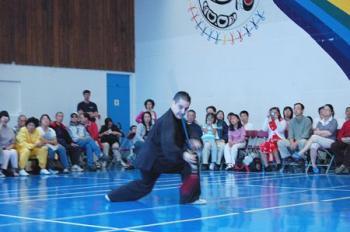
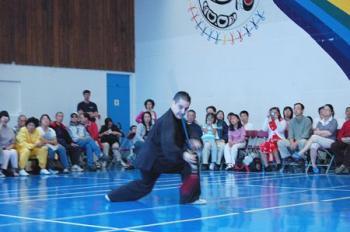
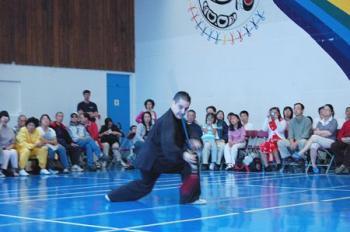
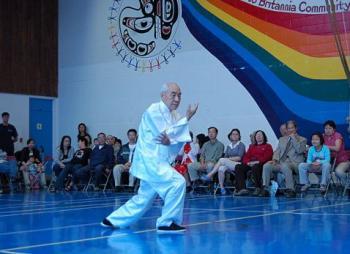
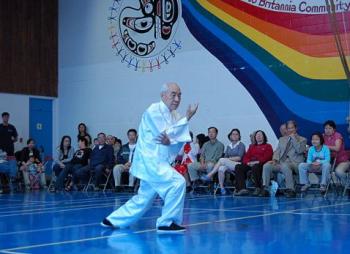
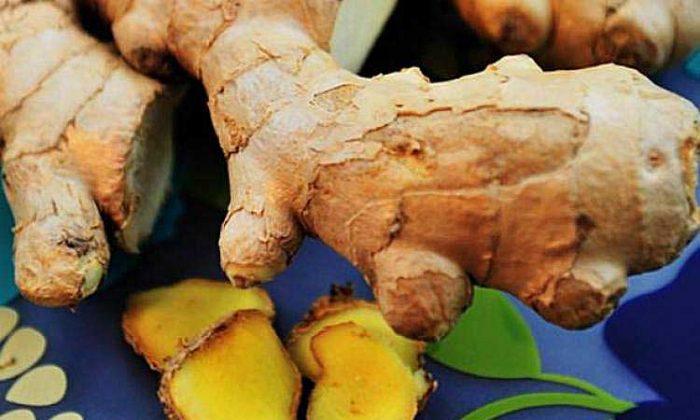
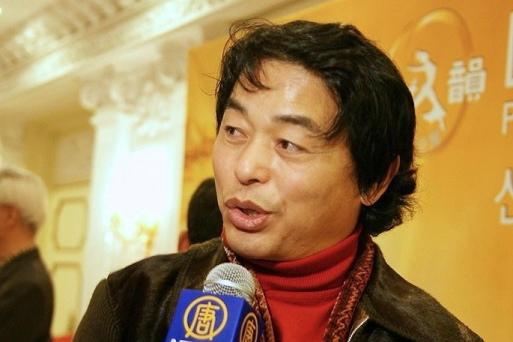
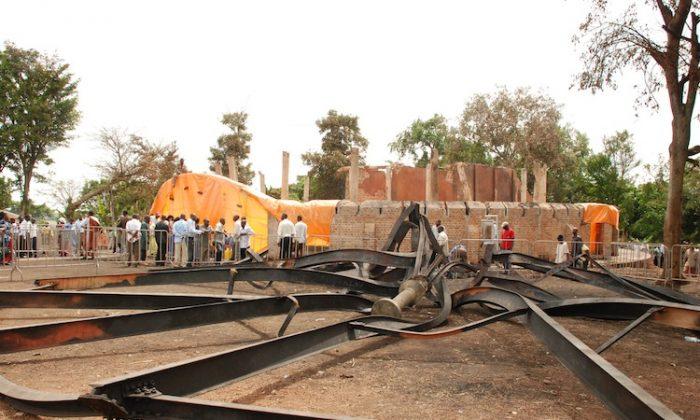

Friends Read Free